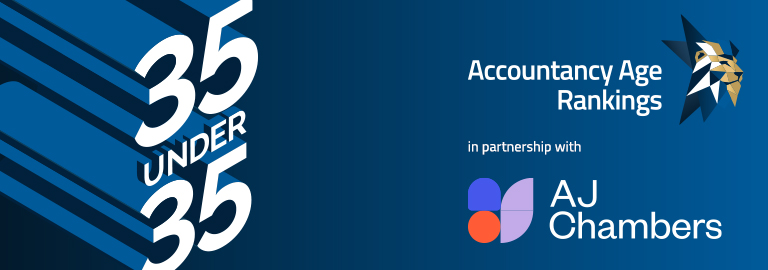Last week Arthur Andersen announced a change of brand image, new joint ventures, expansion of outsourcing, legal services and even the publication of a new book on value creation.
But the thing that really got tongues wagging was the implication of a promise made by worldwide managing partner Jim Wadia to ‘reinvent our relationship with our people’, the subtext of which means that Andersen men will no longer have to wear suits to work.
Taking the US approach
In America, IT specialists (Microsoft’s Bill Gates being chief among them) have led the way in introducing the relaxed look to work fashion.
No suits – but open-necked shirts and chinos.
Yet the British who believe in traditional values have clung on to the pinstripes, and around the world, the stereotyped image of a businessman in the UK is of a be-suited man with a bowler hat, umbrella and briefcase.
Men’s attire has changed little in 200 years. It is true that two centuries ago, men overtook women in terms of flamboyancy; high heels and lace were standard in any man’s wardrobe. But even then, formal wear consisted of knee-length breeches, coat and waistcoat.
Only the length of the trousers and jacket have really altered since the 1700s – even the necktie is over 100 years old. Meanwhile women’s dress has changed over time to become more practical and individual.
And so to Andersens. It can be of no real surprise that this, the most likely of the Big Five firms to be influenced by America, should be the first to oust the suit in favour of the ‘smart casual’ approach which has been adopted by the mushrooming e-commerce industry in the US.
But does this mean the end of the suit or is there still a life for the traditional three-piece?
Dressing-down takes off
According to reports by market researcher Mintel, the emergence of the Friday dress-down day – which Big Five firms Ernst & Young and KPMG already subscribe to – has been a big help in getting smart casual accepted in the workplace.
KPMG introduced optional dress-down Fridays in its London office last November and the relaxation factor was given as a major reason for the change in code. Staff were also keen because they felt that it would make senior staff more approachable.
A memo suggested some guidance on what would be appropriate. ‘No blue denims, although chinos and dark coloured jeans are OK. No T-shirts with large logos. No trainers. If in doubt – don’t wear it!’
Staff who are still concerned about the appropriateness of their dress on these days will be delighted to know that the firm has promised to publish some more detailed guidance within the HR staff manual.
A different approach
PricewaterhouseCoopers – one of the most brand aware of the accountancy firms – has taken a slightly different tack.
Head of HR Tony Allen said: ‘With effect from October last year, the UK firm adopted a modern professional dress standard – for both men and woman – which encompasses a smart but casual approach to dress rather than what was traditionally expected. The emphasis today is based very much on individual dress being appropriate for the occasion.’
And it seems that there is an underlying shift taking place in accountancy dress. Arthur Andersen tax partner Bill Dodwell summed it up: ‘There are not many people wearing jeans – it is about dressing to suit your clients. I don’t think we will suddenly be turning up in jeans and T-shirts.’
So it would seem the bespoke tailors on Saville Row will not need to shut quite yet.
But, as Mintel concludes: ‘Earlier retirement, more outsourcing of work to contractors and an increasing market for self-employed men has heralded a decline of the five day working week wardrobe among men and is helping to fuel the growth of casual wear.’
Office casual: a guide
